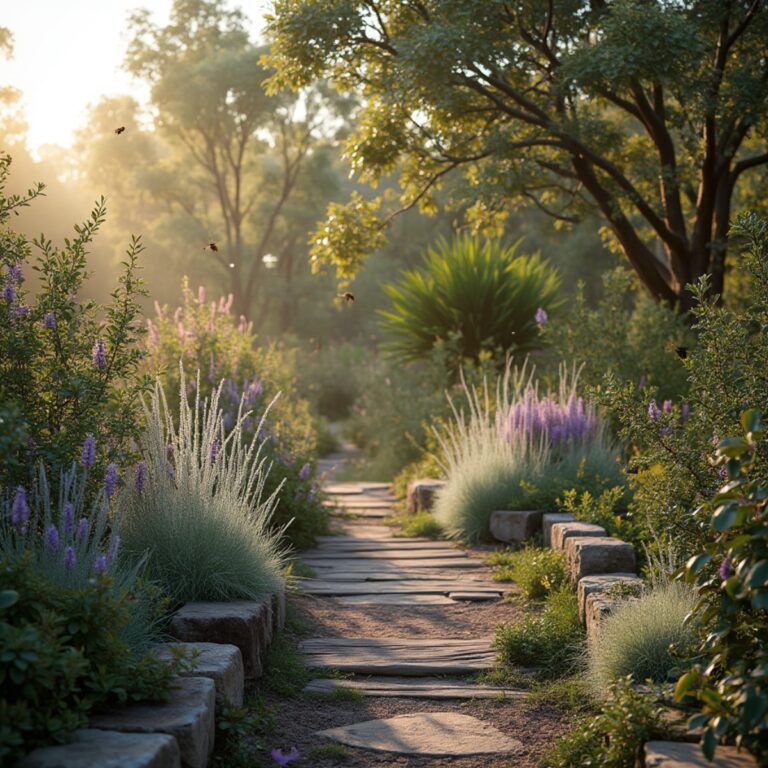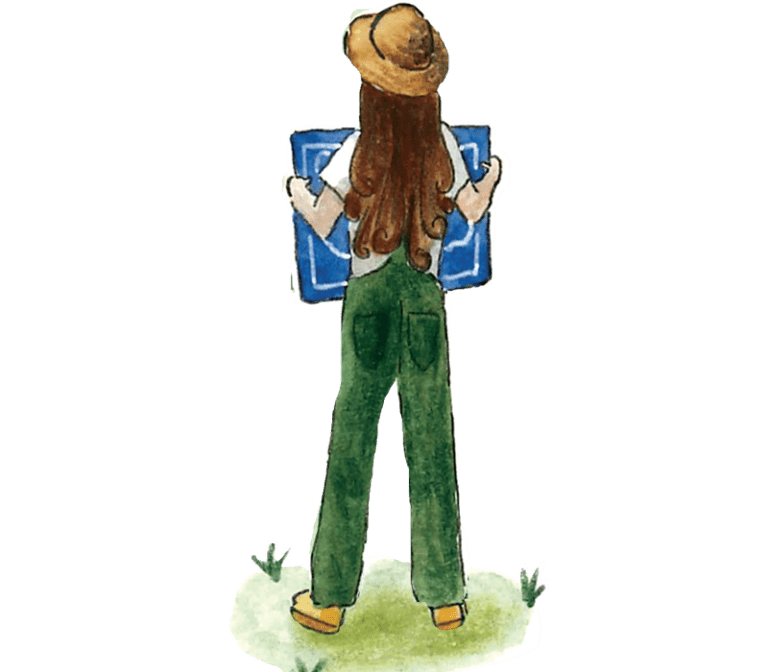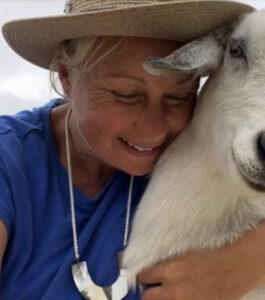Simple wisdom for regenerative living
There’s a quiet kind of wisdom in the plants that have always grown here.
Native Indigenous edibles—often referred to as bush foods or bush tucker—are more than ingredients. They’re living links to Country, to culture, and to a deeply rooted way of tending land and life. When we plant them on our Greensteads, we’re not just growing food—we’re nurturing ecosystems, honouring First Nations knowledge, and reweaving our gardens into the greater story of place.
🫐 Food for people
These plants are often drought-hardy, naturally pest-resistant, and require minimal input once established. They’re well adapted to local soil and climate—and their flavours are bold, earthy, and full of character.
- Saltbush (Atriplex nummularia): A hardy shrub with silvery leaves rich in antioxidants. Its leaves can be eaten raw or cooked, making it a versatile addition to stir-fries, roasts, or flatbreads.
- Warrigal greens (Tetragonia tetragonoides): A native spinach alternative that thrives in coastal and inland areas. High in vitamins, it’s perfect steamed or wilted, and grows abundantly with very little care.
- Muntries (Kunzea pomifera): Small trailing shrubs with sweet, spicy berries that are rich in antioxidants. Perfect in jams, chutneys, or fresh from the vine.
- Finger lime (Citrus australasica): Sometimes called ‘citrus caviar’, these rainforest natives produce pearl-like vesicles that burst with tangy flavour. Excellent in dressings, drinks, or as a garnish.
- Riberry (Syzygium luehmannii): A fast-growing lilly pilly with bright pink berries tasting of spice and cranberry. Beautiful in syrups, sauces, or paired with meats and cheeses.
🦜 Food for fauna
These plants don’t just nourish us—they support a much wider community of life. Their flowers offer nectar for bees, butterflies and native birds. Their fruits feed possums, parrots, and flying foxes. Even their leaves and bark provide shelter for beneficial insects.
For example:
- Banksia and Grevillea species, while not edible for humans, are excellent companions—drawing in pollinators that help your edibles thrive.
- Midyim berry (Austromyrtus dulcis): Produces delicate speckled fruits loved by small birds and lizards, while also being sweet and edible for humans.
🌿 Food for the future
Growing bush tucker supports biodiversity and deepens the resilience of your garden ecosystem. Many of these plants have symbiotic relationships with native mycorrhizal fungi, helping to regenerate soil and improve nutrient cycling.
By choosing these species, we reduce reliance on imported, high-maintenance crops and reconnect with a truly local form of nourishment.
🖤 A cultural and ecological act
Every native edible plant carries a legacy. These species were skilfully cultivated, harvested, and shared by Aboriginal peoples for tens of thousands of years. Planting them today is a small act of recognition—a way to honour the enduring knowledge and sovereignty of the world’s oldest living cultures.
At Greenstead, we’re weaving these plants throughout our zones—understory saltbush in the food forest, finger limes by the office, and warrigal greens trailing beneath hardy shrubs. They support the soil, feed the animals, and remind us to live a little more slowly. A little more connected.
📍 To grow native food is to grow with intention. With respect. With roots that reach further than our own.




